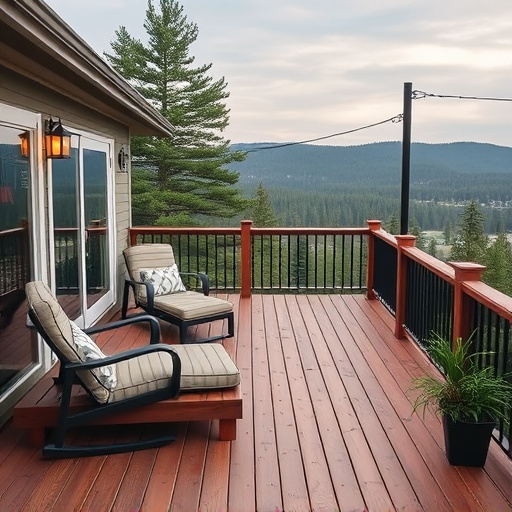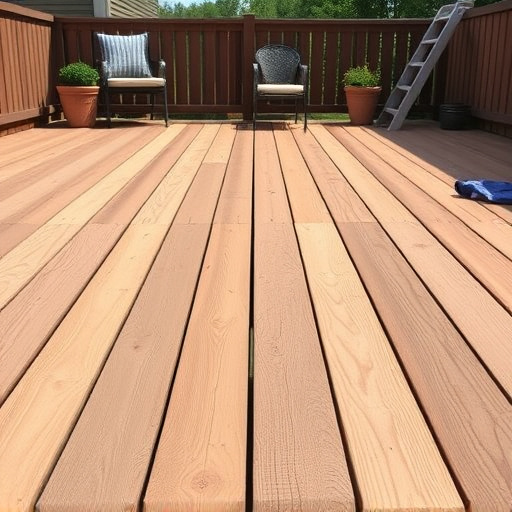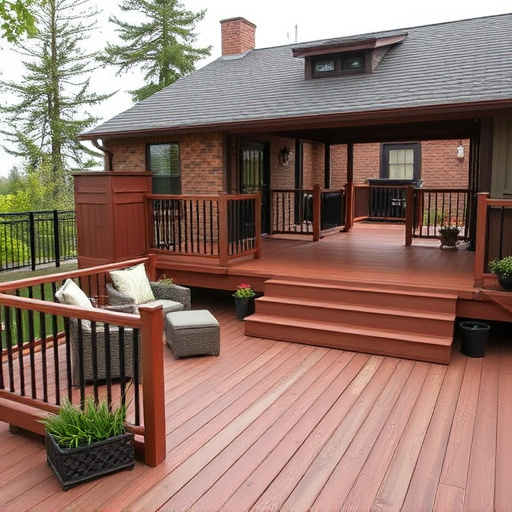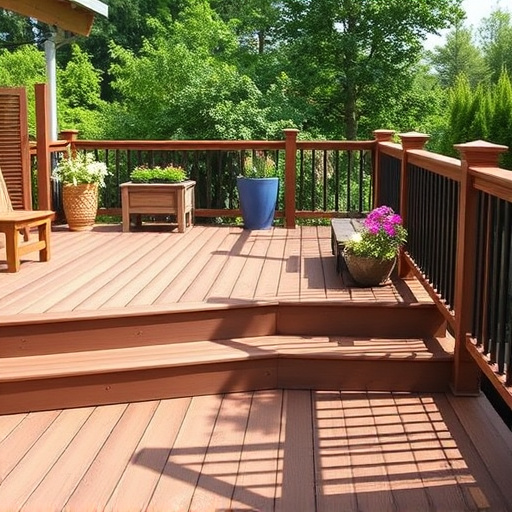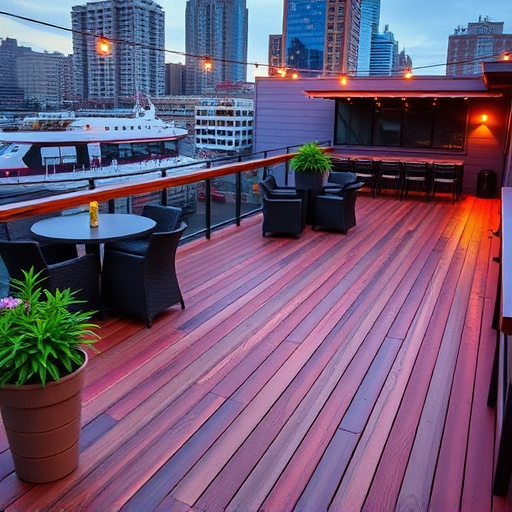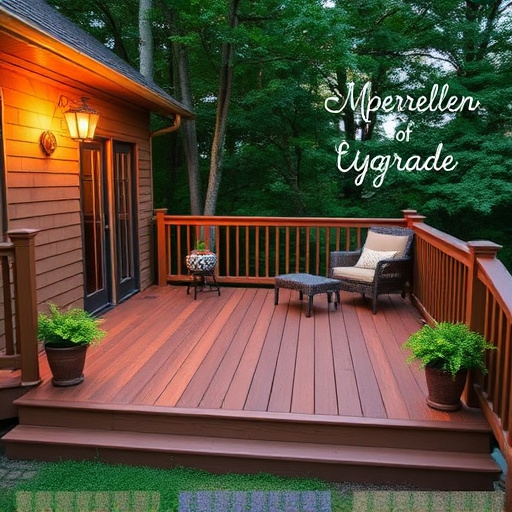Deck planning is crucial for creating an outdoor living area that balances aesthetics and functionality. Common mistakes like underestimating scale, neglecting structural integrity, improper drainage, and waterproofing can compromise safety and longevity. Defining clear objectives upfront guides design choices from comfort to seating capacity and built-in amenities. Adequate planning involves considering space requirements, traffic flow, zoning for different purposes, and leaving empty space for versatility. Using suitable materials and proportional layouts helps avoid pitfalls, ensuring your deck becomes a vibrant, functional space that enhances your lifestyle.
“Avoid common pitfalls in deck planning for outstanding visual communication. From defining a clear objective to balancing card content, every detail matters. Learn how insufficient space allocation and neglecting card interaction can hinder your message’s impact. Discover design principles, including a balanced mix, consistent theme, and optimal font hierarchy, to create effective decks. Strategic considerations like understanding your audience, iterative testing, and adaptability ensure your deck performs at its best.”
Common Deck Planning Mistakes
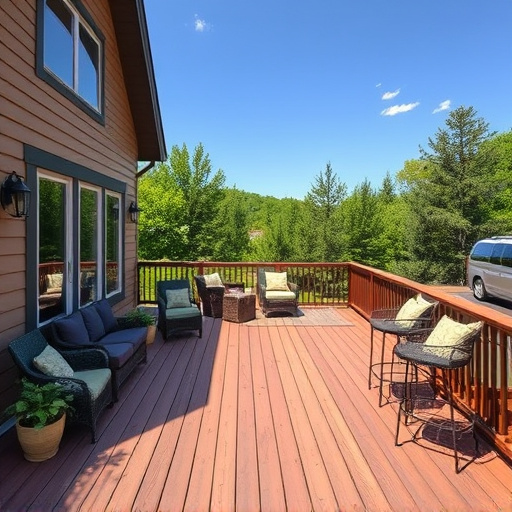
Deck planning is a crucial step in creating an outdoor living space that’s both functional and aesthetically pleasing. However, even experienced homeowners can fall victim to common mistakes that hinder their deck’s potential. One of the most frequent errors is underestimating the scale and layout, leading to a poorly proportioned deck that doesn’t fit the available space effectively.
Another mistake many make is neglecting the structural integrity, especially when considering the weight of furniture and people. Using the wrong materials or inadequate construction techniques can result in a deck that’s unsound and unsafe. Additionally, not planning for adequate drainage and waterproofing can lead to significant issues with residential or commercial roofing, as well as professional siding, over time. Always consider weather exposure and choose materials designed to withstand the elements.
– Lack of Clear Objective
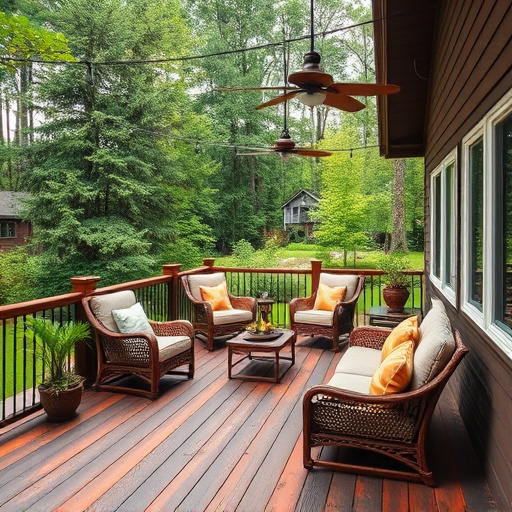
When embarking on a deck planning journey, one common pitfall to steer clear of is setting forth without a crystal clear objective. Many well-intentioned projects stumble due to an absence of defined goals. Before putting pen to paper or engaging construction services, pinpoint what you envision your deck to achieve. Is it a tranquil outdoor retreat, an entertaining hub for gatherings, or perhaps an extension of your living space? A distinct purpose will guide your design choices and ensure the final product aligns with your aspirations.
For instance, if your goal is to create an intimate seating area for quiet moments, prioritizing comfort and shade might be paramount. Conversely, if hosting parties is at the top of your list, ample space for seating, dining, and perhaps even a built-in kitchen could become essential considerations. This clear direction will influence decisions regarding deck size, layout, and additional features like railings, stairs, or an overhang, ensuring your outdoor living space truly becomes a vibrant and functional area that enhances your lifestyle.
– Insufficient Space Allocation
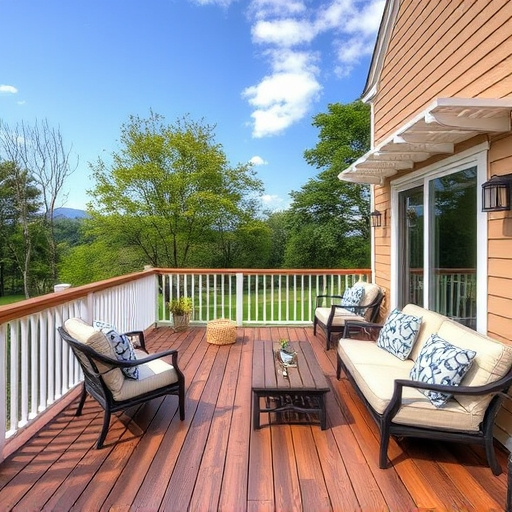
When planning a deck, one common mistake homeowners make is underestimating the required space. It’s easy to envision a cozy gathering spot, but practical considerations often get overlooked. Remember, a well-functioning deck should accommodate not just seating and entertaining, but also storage for outdoor gear and furniture when not in use. Insufficient space can lead to crowding, making it uncomfortable for everyone, especially during larger gatherings or family meals.
Adequate deck planning involves considering the flow of traffic and ensuring there’s enough room for all intended activities. This means accounting for movement between different zones—a dedicated dining area, a lounge section, perhaps even a small play area if it’s for a family with kids. Balancing social spaces with more intimate nooks creates a versatile outdoor living space that caters to various needs, and leaving some empty space prevents the deck from feeling cramped or cluttered, allowing for a seamless transition between different uses, including residential siding installation and residential roofing maintenance.
When it comes to deck planning, avoiding common pitfalls is key to achieving a functional and aesthetically pleasing outdoor space. By setting a clear objective and allocating sufficient space, you lay the foundation for a successful deck that enhances your lifestyle and adds value to your home. Remember, thoughtful planning ensures your deck serves as a vibrant gathering spot for years to come.









